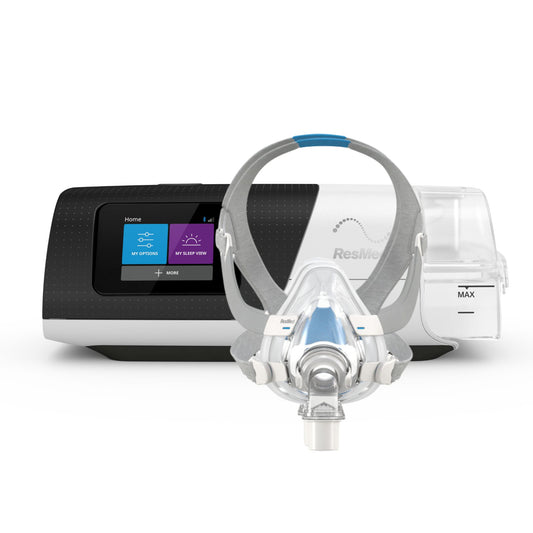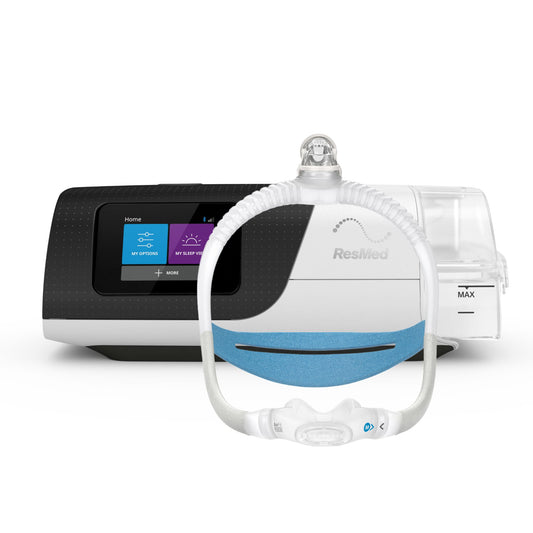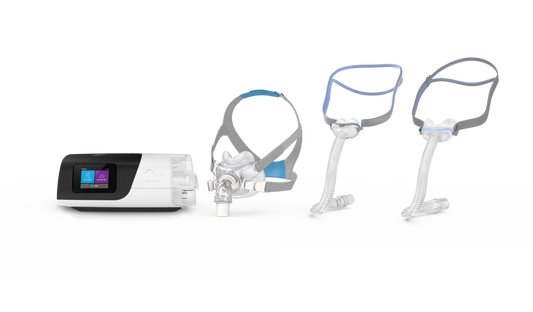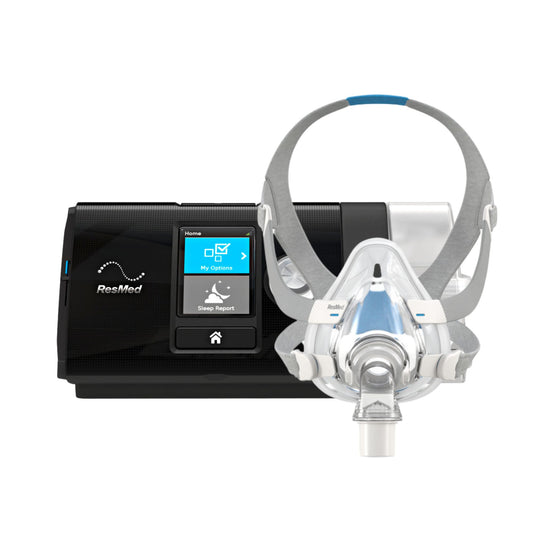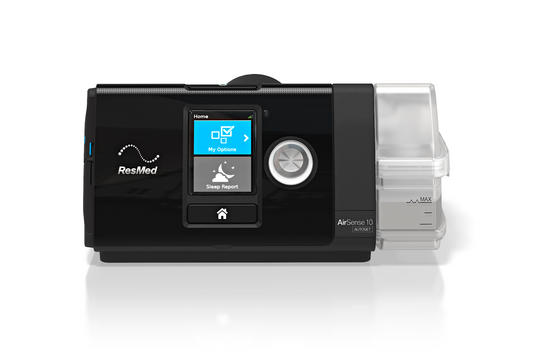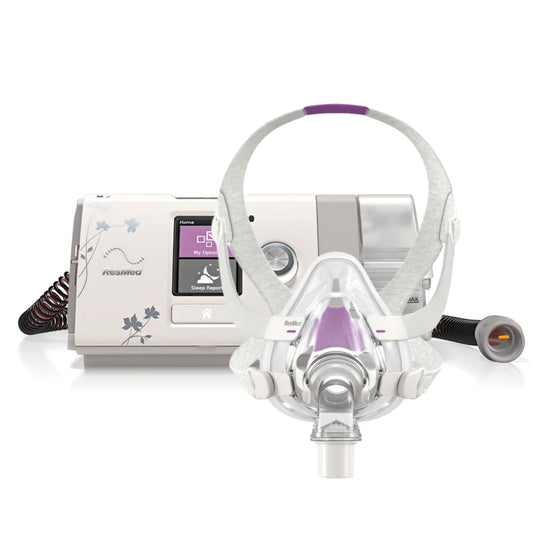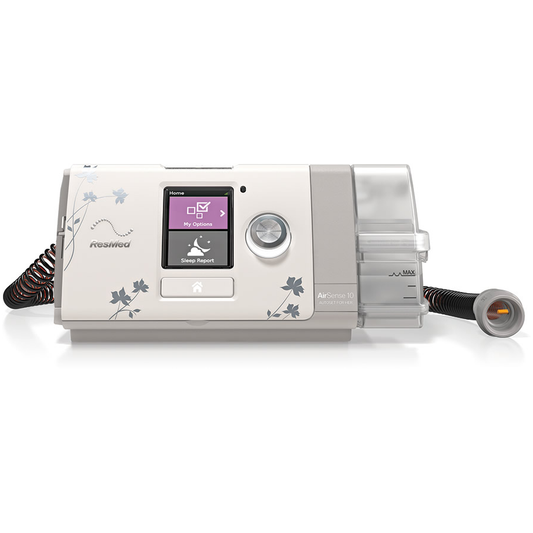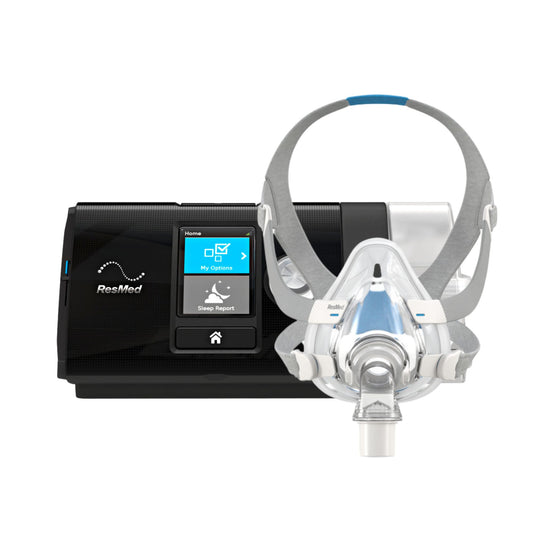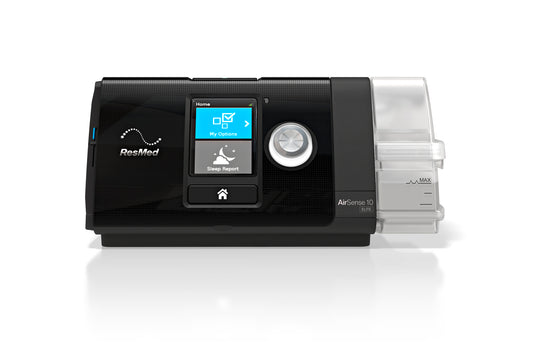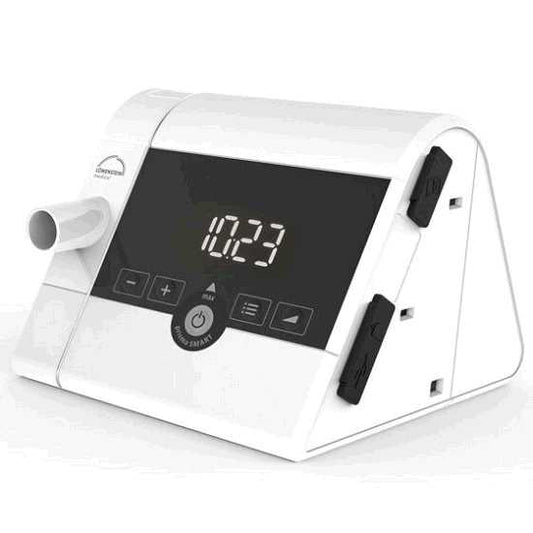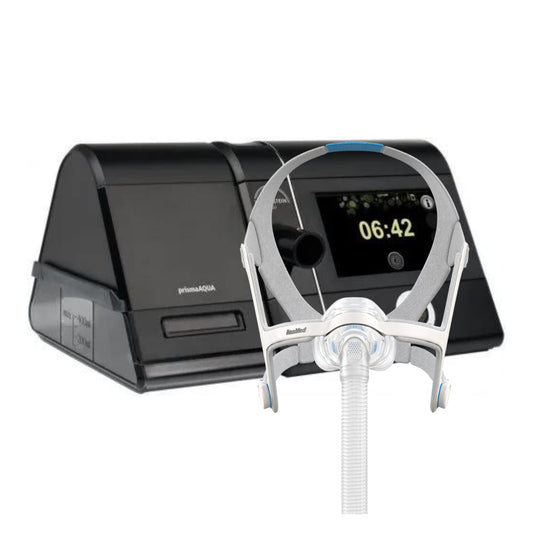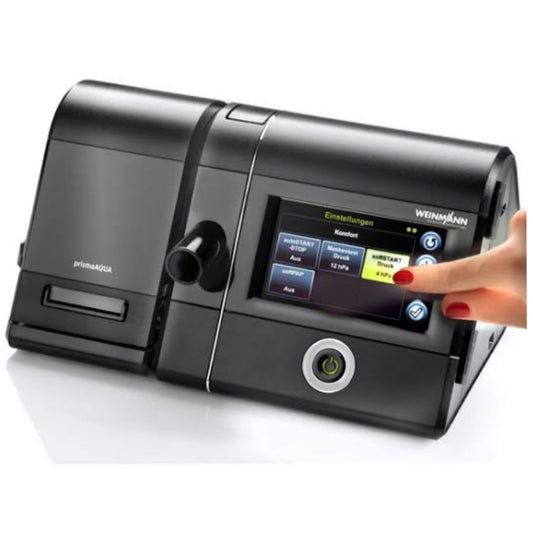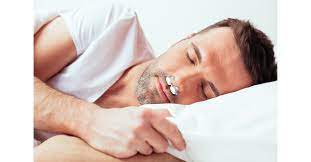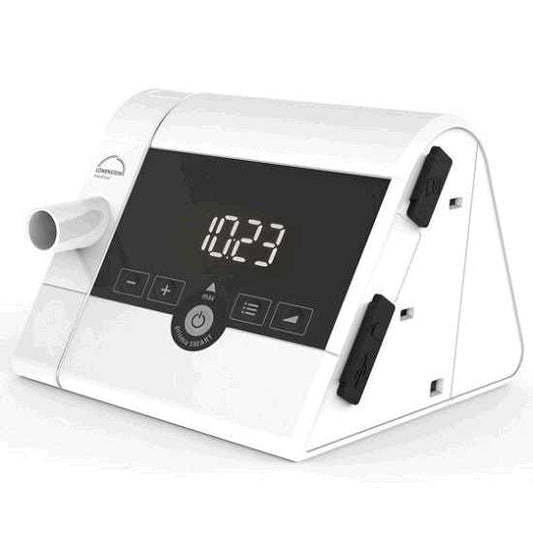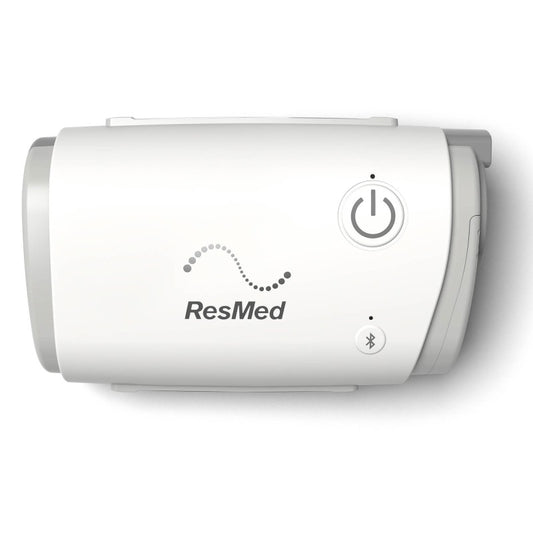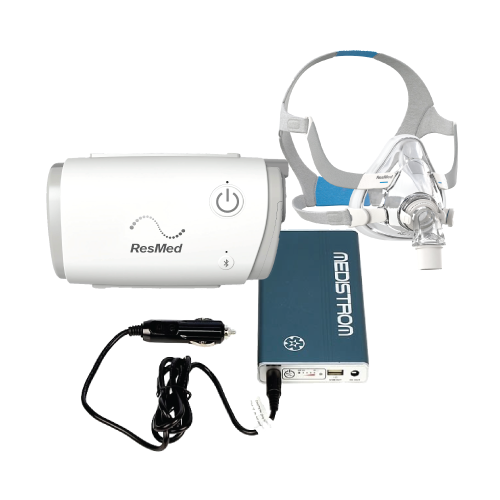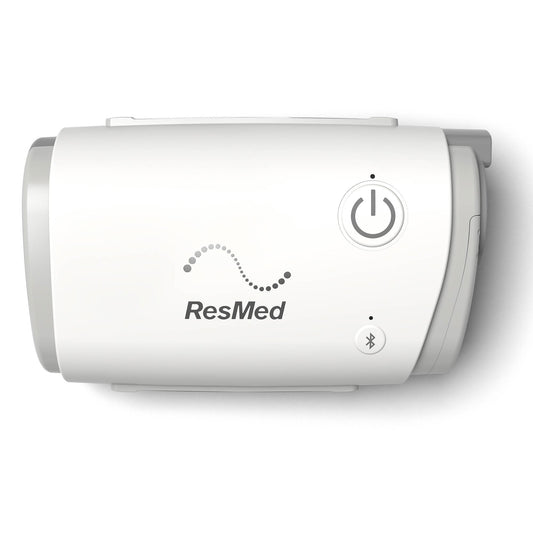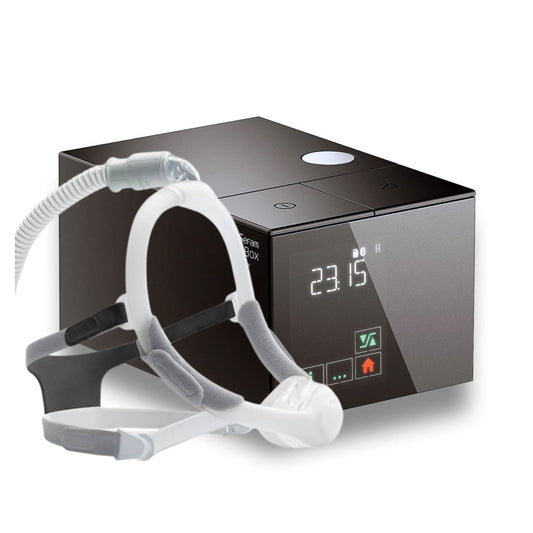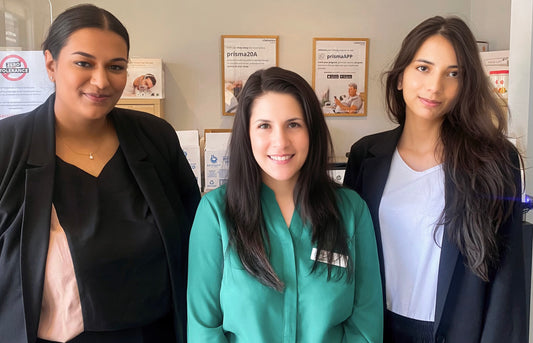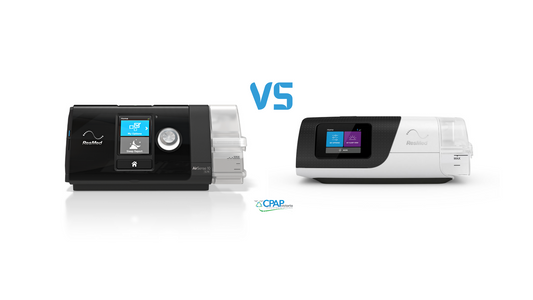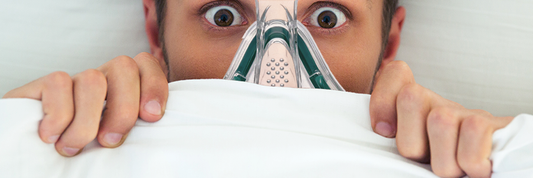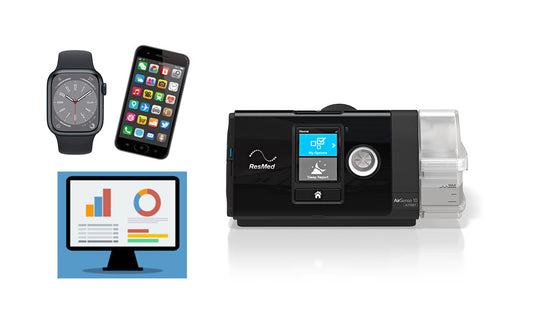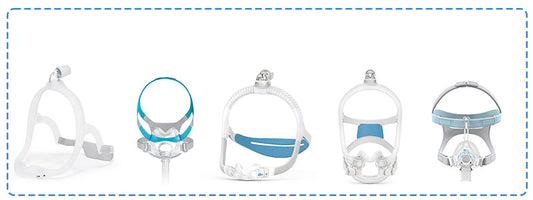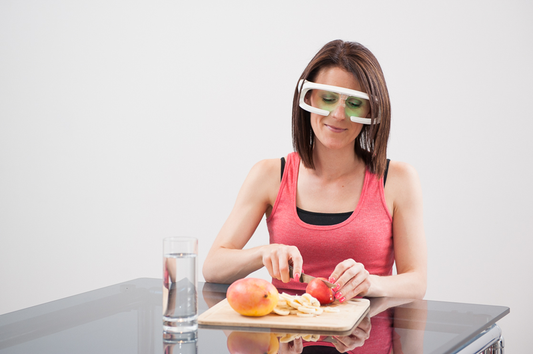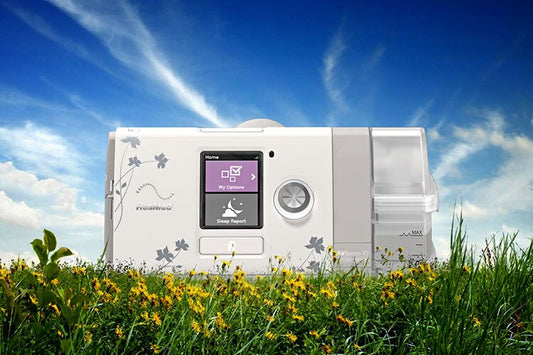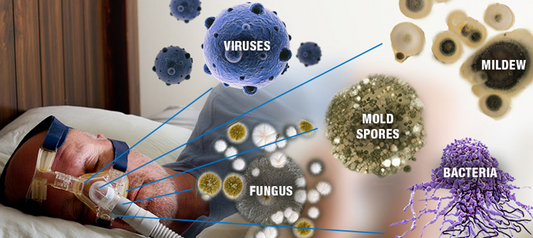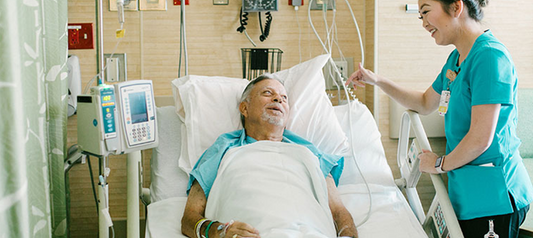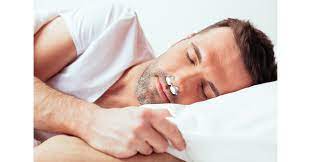
Nasal Expiratory Positive Airway Pressure (EPAP) is an innovative treatment for obstructive sleep apnoea (OSA). The device is a small valve with a hypoallergenic adhesive externally attached to the patient’s nostrils for a night’s use.
Here at CPAP Victoria, we sell EPAP devices in the form of Bongo Rx and Optipillow. In recent clinical studies, EPAP Therapy demonstrated significant improvement across all levels of OSA severity and reduced snoring and excessive daytime sleepiness.
Read on to learn more about EPAP...
What is EPAP?
The one-way valve permits airflow into the airways as the patient inhales, but resists airflow when the patient breathes out. During exhalation, the air is directed to a small opening which increases the resistance. The increased resistance during exhalation creates EPAP that is maintained until the user’s next inhalation. This process induces positive airway pressure in the upper airway upon exhalation and in effect prevents airway collapse as it creates a Positive End Expiratory Pressure (PEEP).
Points to Consider
Nasal EPAP works by making it hard for the OSA patient to breathe out. The pressure is created by harnessing the force of the user’s own breath. The resistance created during exhalation produces light pressure in the user’s airway thus assisting in keeping the airway open.
The main difference between CPAP and EPAP is that CPAP creates positive pressure during inhalation and exhalation whereas EPAP creates positive pressure during exhalation only. Nasal EPAP does not force air into a patient’s throat which can cause discomfort and stomach pain to some users. EPAP, in effect, is a gentler and natural alternative to CPAP.
As with other breathing aids, it takes time to get used to nasal EPAP. If a user wakes up and feels uncomfortable, opening the mouth alleviates the discomfort. If not, taking off the device is the next option.
Who can use Nasal EPAP?
A person must be diagnosed with OSA by a qualified practitioner before nasal EPAP is recommended. The severity of OSA should be determined before proper treatment is prescribed. Tests are done in proper setups such as in a polysomnography laboratory. After the proper diagnosis and evaluation, nasal EPAP may be recommended for patients with:
• mild to severe OSA who are non-compliant with CPAP
• newly diagnosed patients with mild to moderate OSA and has no co-morbidities
• OSA patients who are CPAP compliant but looking for alternative therapy
How to use the Nasal EPAP device
It’s important to know that BONGO takes a little while to get used to.
Your initial aim should be to fall asleep whilst wearing BONGO. It is quite normal to wake when first trying them. If you can’t go back to sleep, remove the BONGO but try again the next night. It is important to use them every night. Missing a night can set you back 4-5 nights in the acclimatisation process.
It takes on average 10-15 nights for most people to learn to sleep with BONGO. For some people, this is longer but that is ok. Remember each time you fall asleep with it; your body is becoming more acclimatised to BONGO.
Feel free to contact us if you need any help!
CPAP Victoria can help you. We have the qualifications, experience and expertise to diagnose and present treatment options for your sleeping disorder.
Give us a call NOW at 1300 750 006 or pop into one of our CPAP clinics . We are located in 13 convenient locations.
